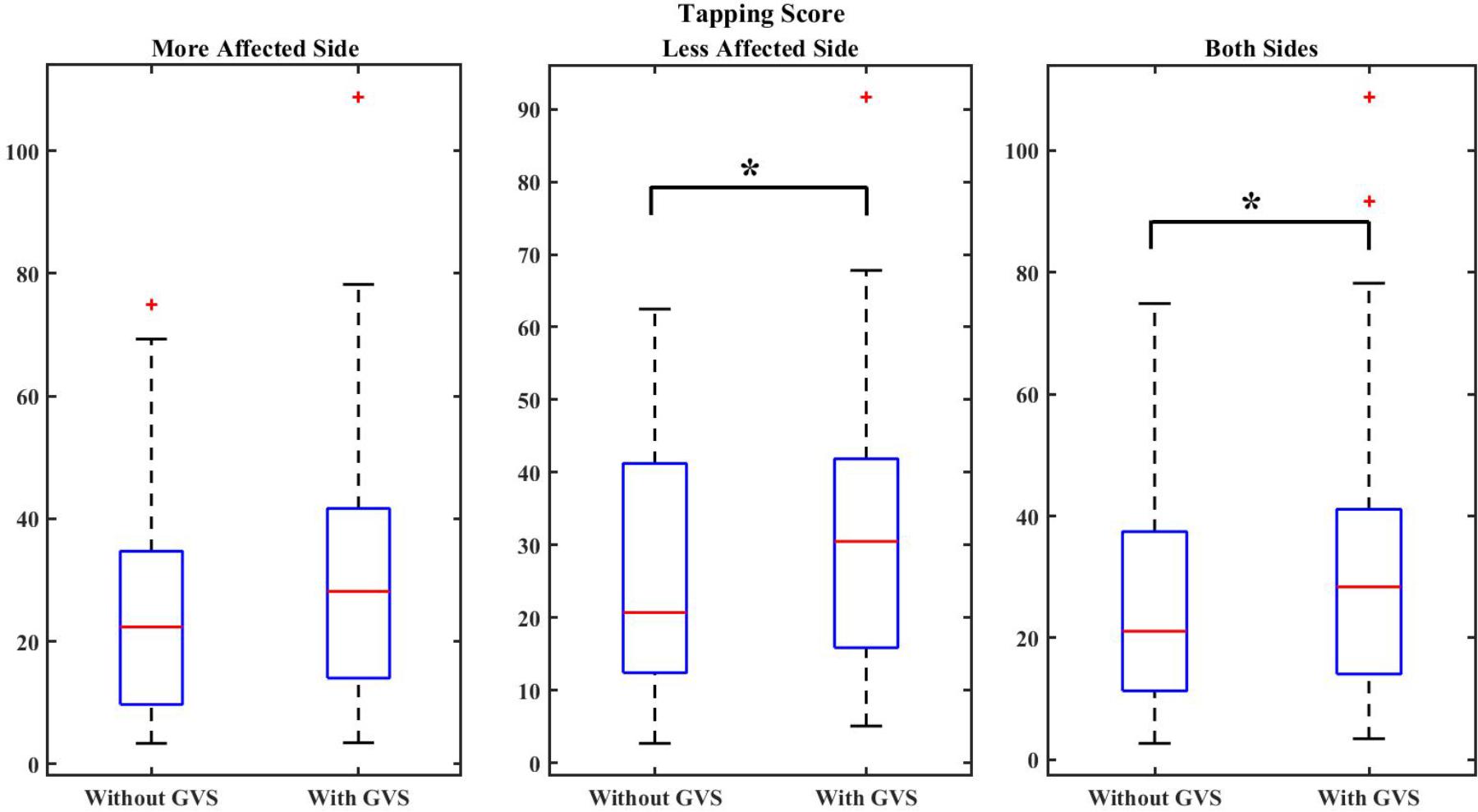
Tremors tend to worsen once the effects of alcohol wear off. Some people notice that their tremors improve slightly after they drink alcohol, but drinking isn't a good solution. Caffeine and other stimulants can increase tremors. However, most complications go away on their own or are mild enough that they don't interfere with quality of life. Some people have experienced altered sensation, trouble with walking or difficulty with movement.

The surgery affects the other side of the body from the one where it's done.įocused ultrasound thalamotomy creates a sore that can result in permanent changes to brain function. A surgeon uses magnetic resonance imaging to target the correct area of the brain and to be sure the sound waves are generating the exact amount of heat needed for the procedure.įocused ultrasound thalamotomy is done on one side of the brain. The waves generate heat to destroy brain tissue in a specific area of the thalamus to stop a tremor.
Actimeter tremor index skin#
This noninvasive surgery involves using focused sound waves that travel through the skin and skull. Side effects often go away after some time or adjustment of the device.įocused ultrasound thalamotomy. Side effects of deep brain stimulation can include equipment malfunction problems with motor control, speech or balance headaches and weakness. This device transmits painless electrical pulses to interrupt signals from the thalamus that may be causing the tremors. A wire from the probe runs under the skin to a pacemaker-like device called a neurostimulator that's implanted in the chest. It involves putting a long, thin electrical probe into the portion of the brain that causes the tremors, known as the thalamus. It's generally the preferred procedure in medical centers with significant experience in performing this surgery. This is the most common type of surgery for essential tremor. Surgery might be an option if your tremors are severely disabling, and you don't respond to medicines.ĭeep brain stimulation. A wire that travels under the skin connects the device to the electrode. The amount of stimulation delivered by the electrode is controlled by a pacemaker-like device placed under the skin in the chest. Surgeryĭeep brain stimulation involves implanting an electrode deep within the brain. Studies have found that the device can bring some improvement for tremors. The device, which can be worn as a wristband for 40 minutes twice a day, works by stimulating peripheral nerves and muscles to create a muscle response that reduces tremors.

Health care providers may use benzodiazepines such as clonazepam (Klonopin) to treat people for whom tension or anxiety worsens tremors. Side effects include drowsiness and nausea, which usually disappear within a short time. Other medicines that might be prescribed include gabapentin (Gralise, Neurontin, Horizant) and topiramate (Topamax, Qudexy XR, others). Primidone (Mysoline) may be effective in people who don't respond to beta blockers. Side effects may include fatigue, lightheadedness or heart problems. Beta blockers may not be an option for people with asthma or certain heart problems. Typically used to treat high blood pressure, beta blockers such as propranolol (Inderal LA, InnoPran XL, Hemangeol) help relieve tremors in some people. But if your essential tremor is making it difficult to work or perform daily activities, discuss treatment options with your health care provider. Some people with essential tremor don't require treatment if their symptoms are mild.


 0 kommentar(er)
0 kommentar(er)
